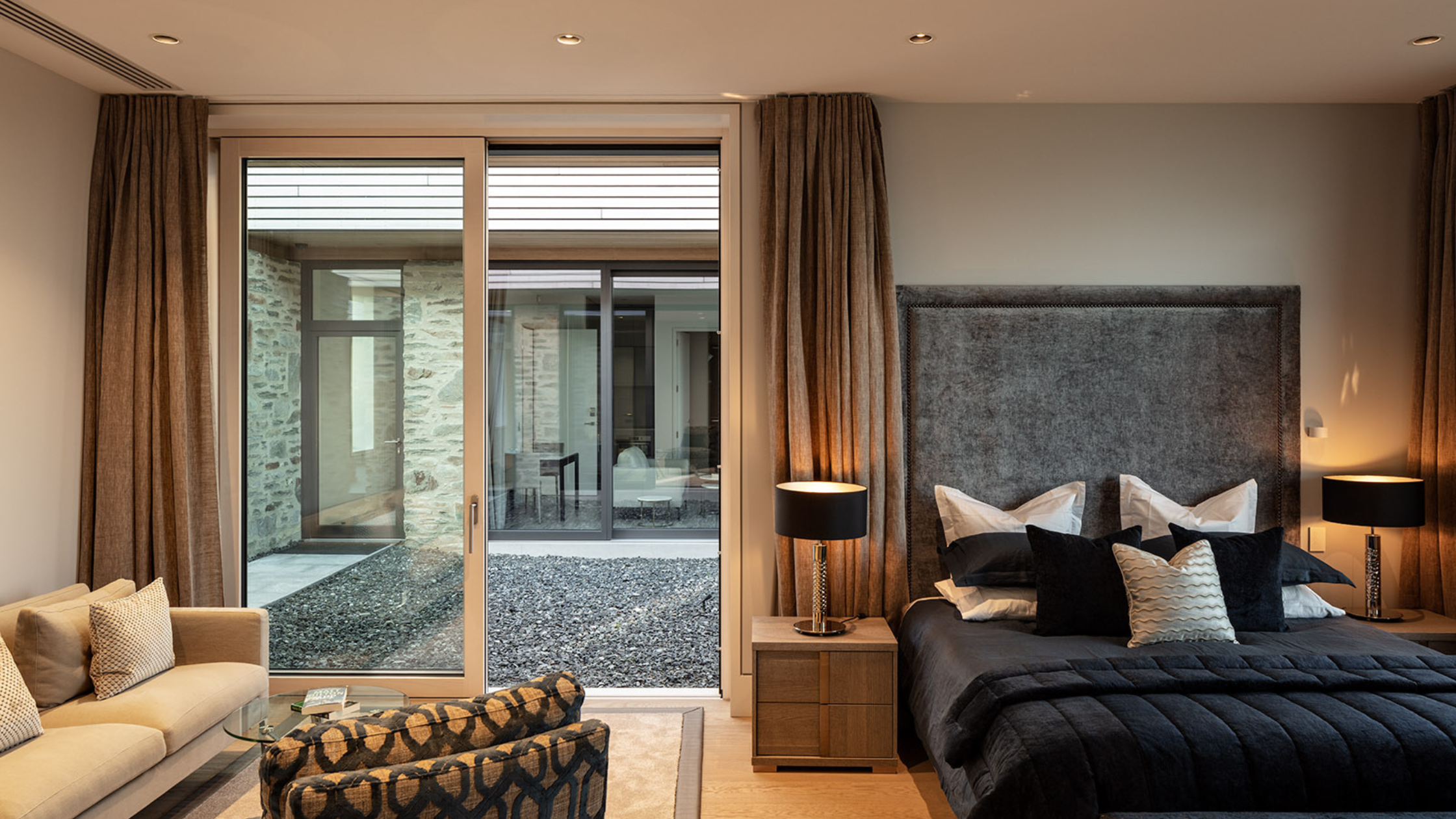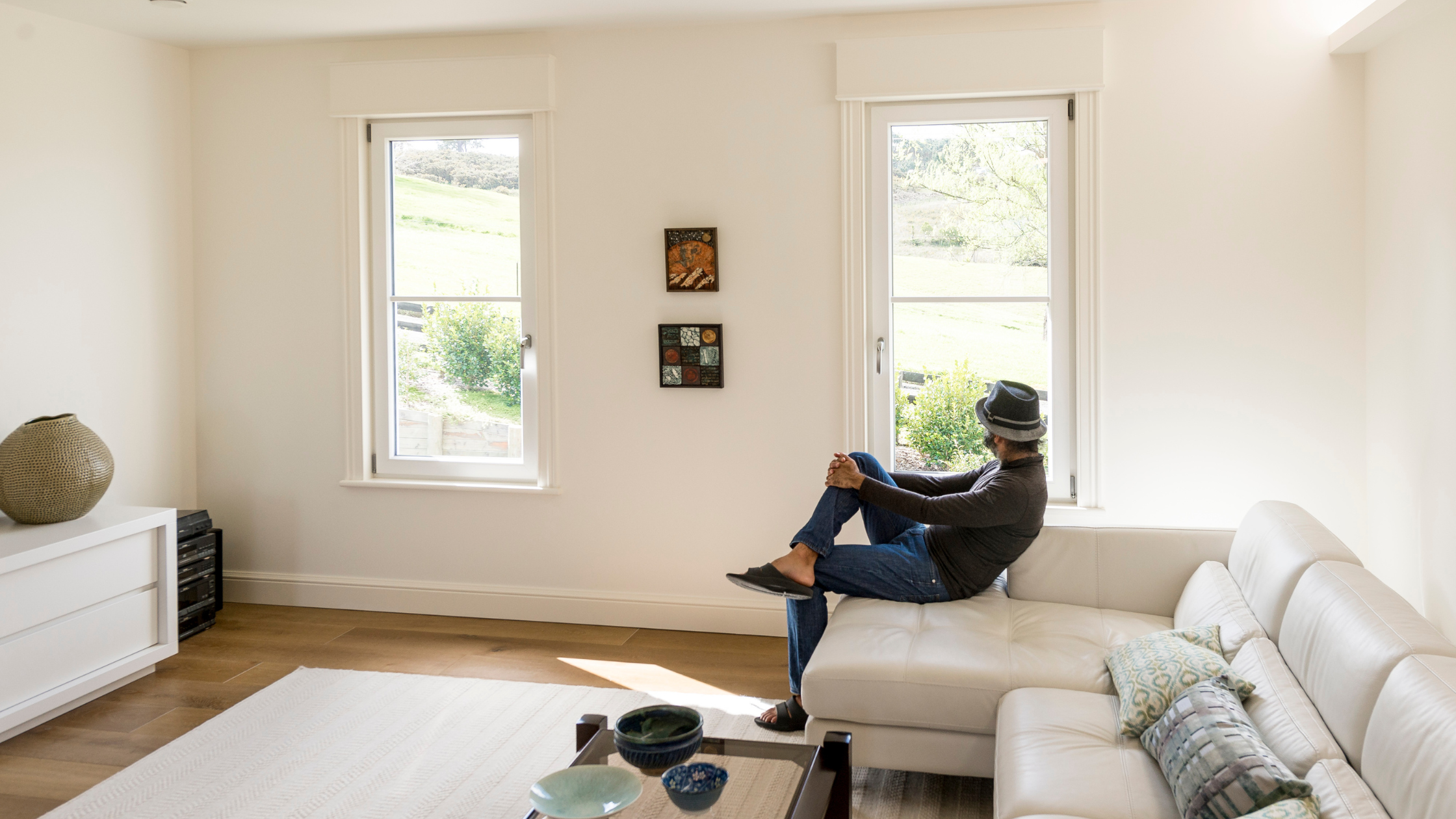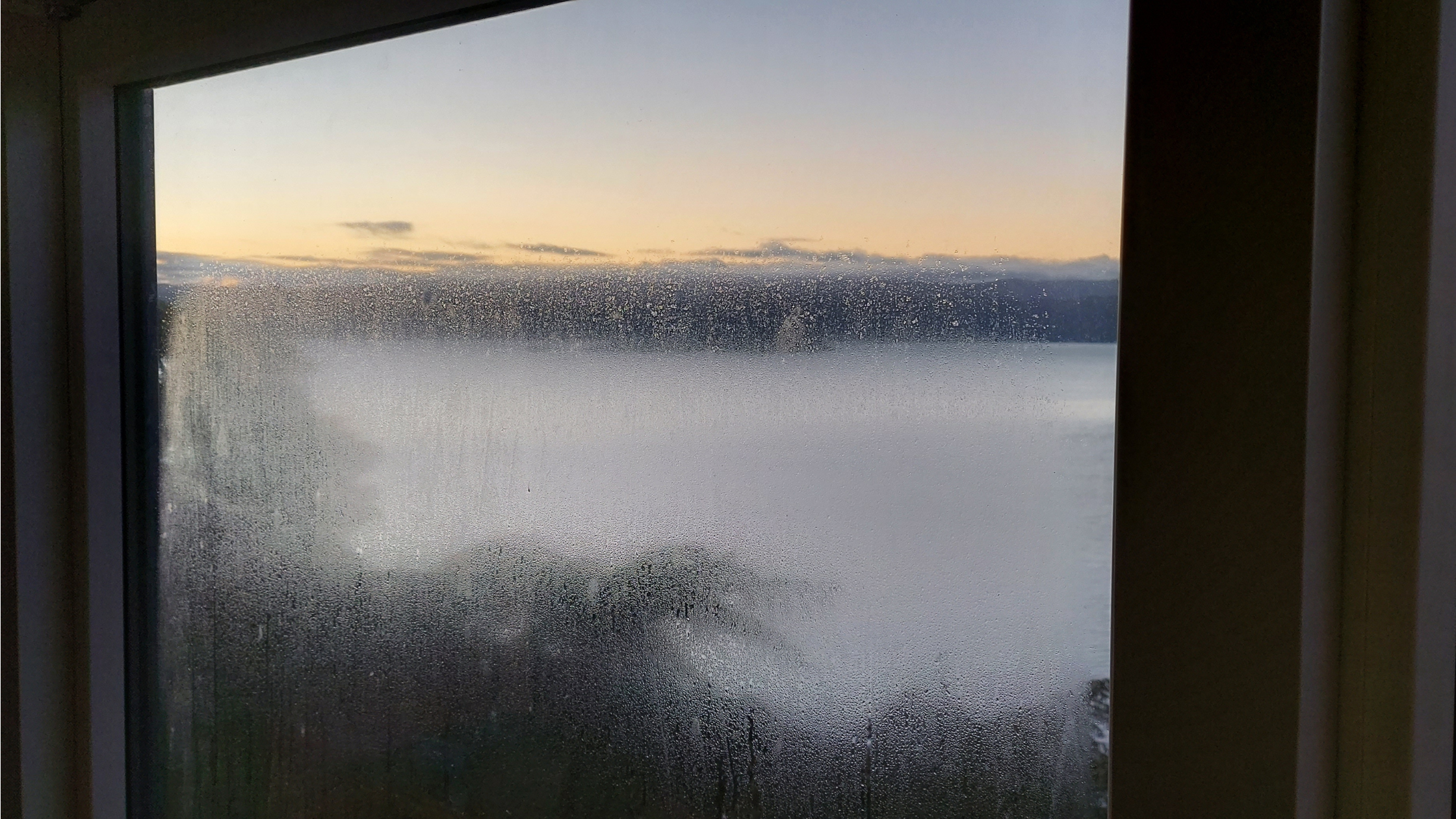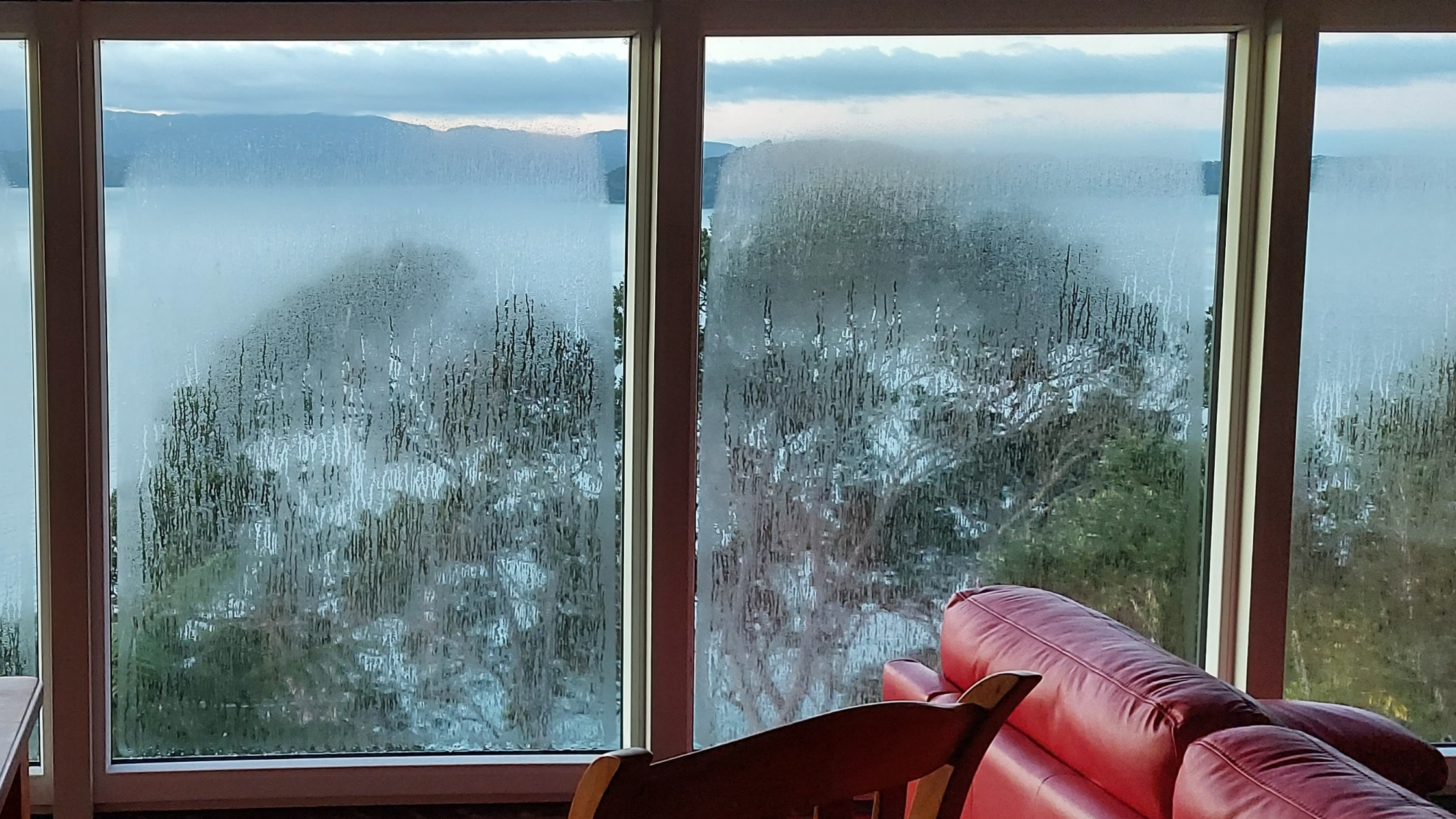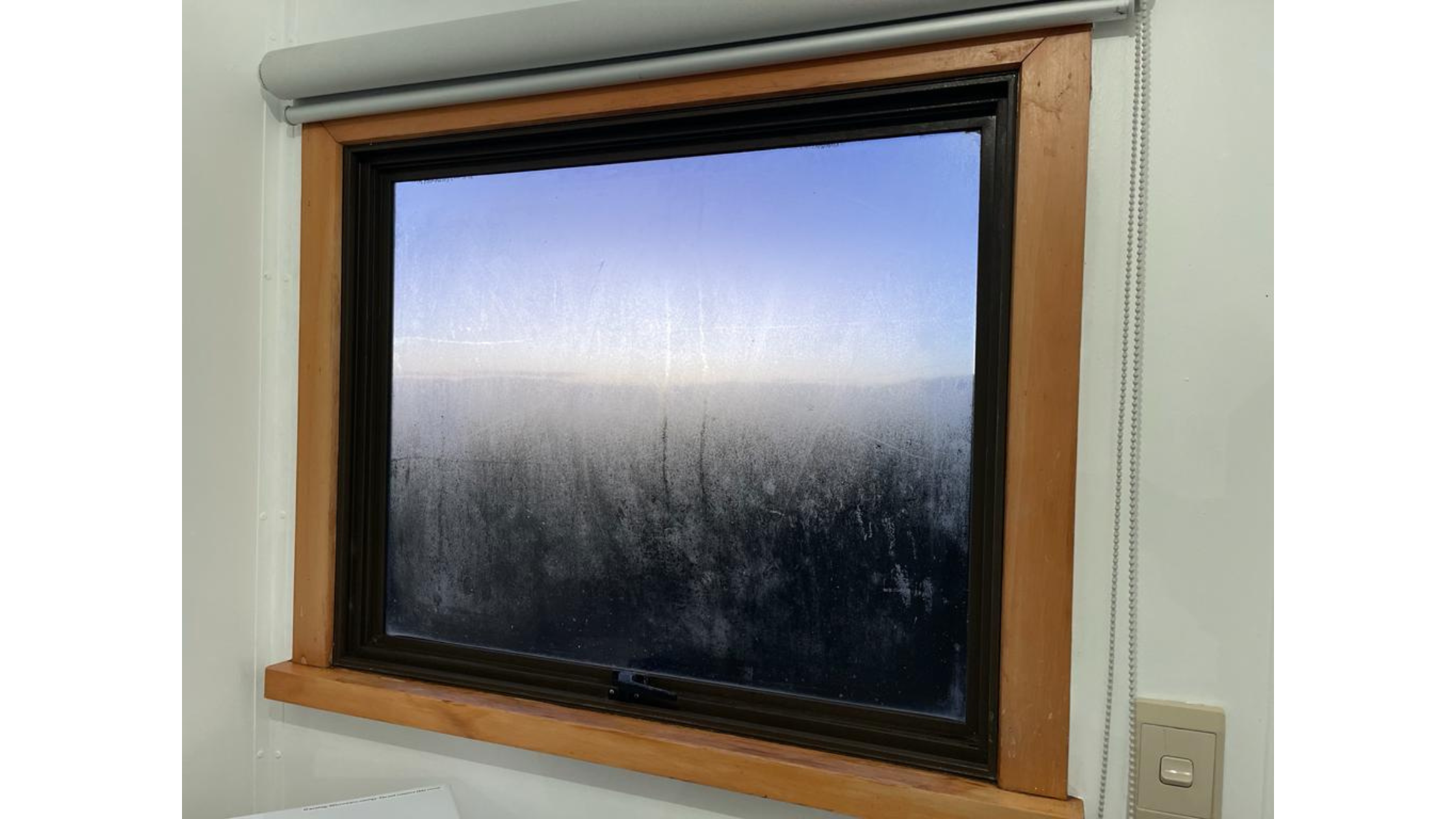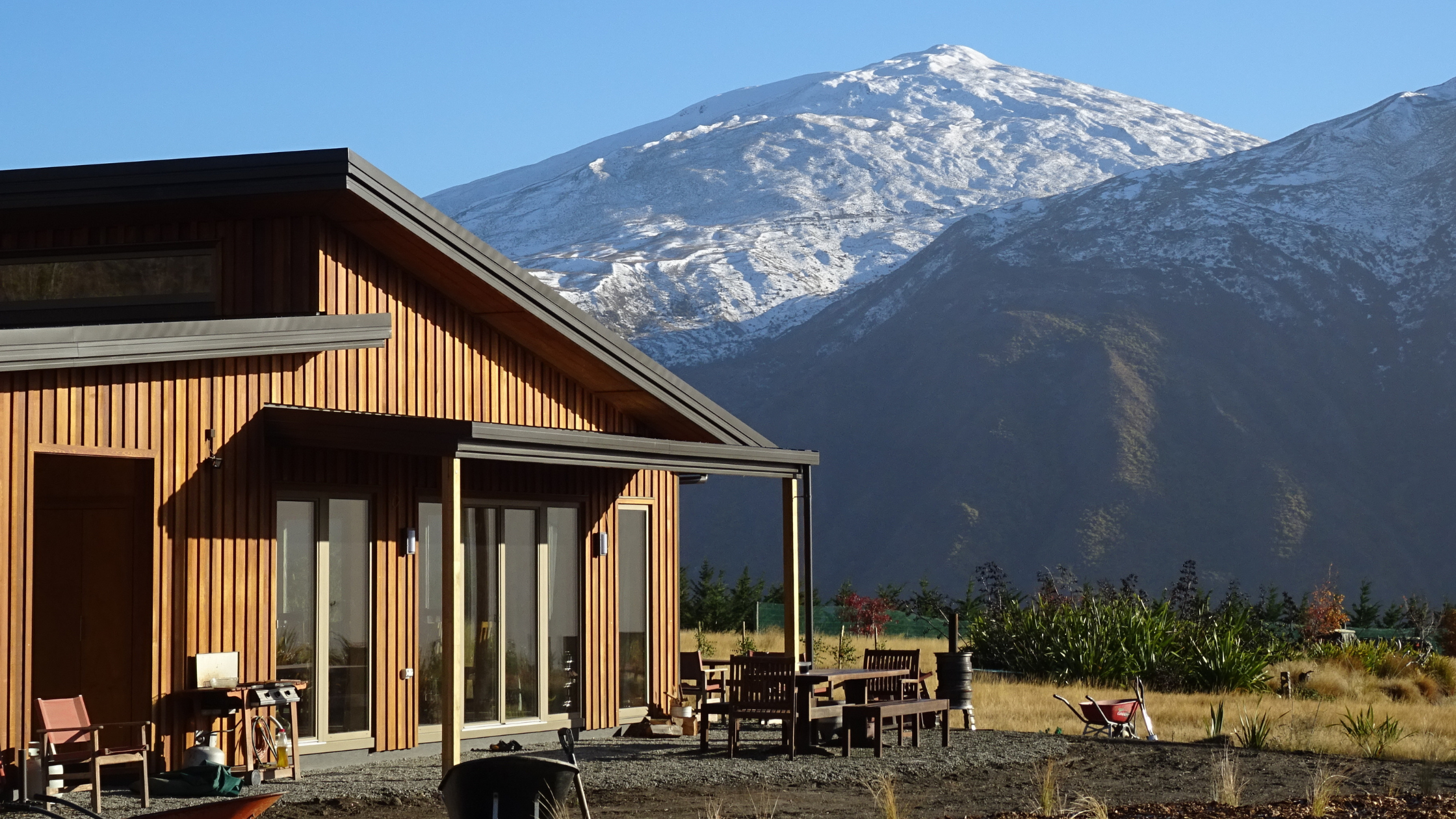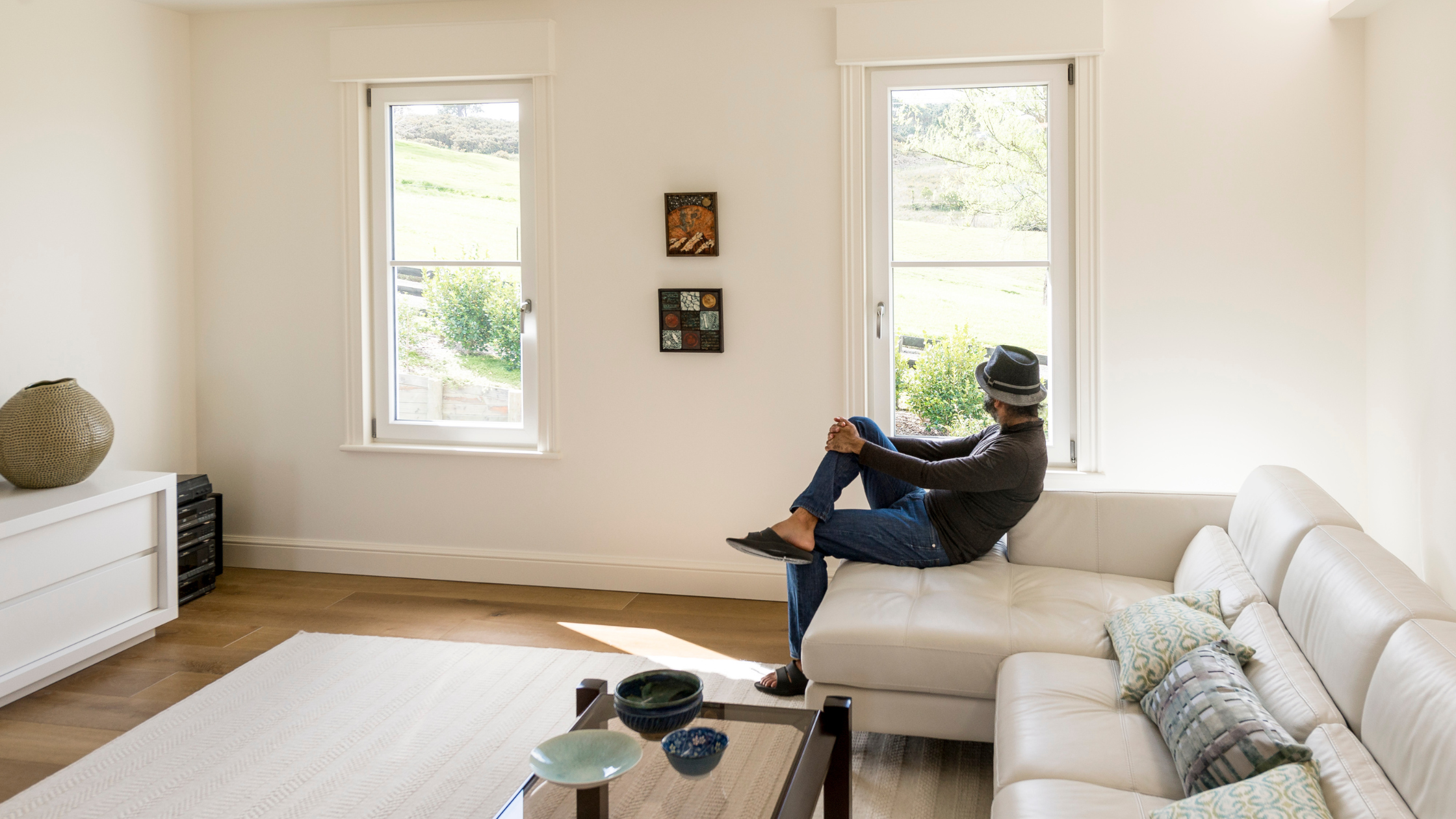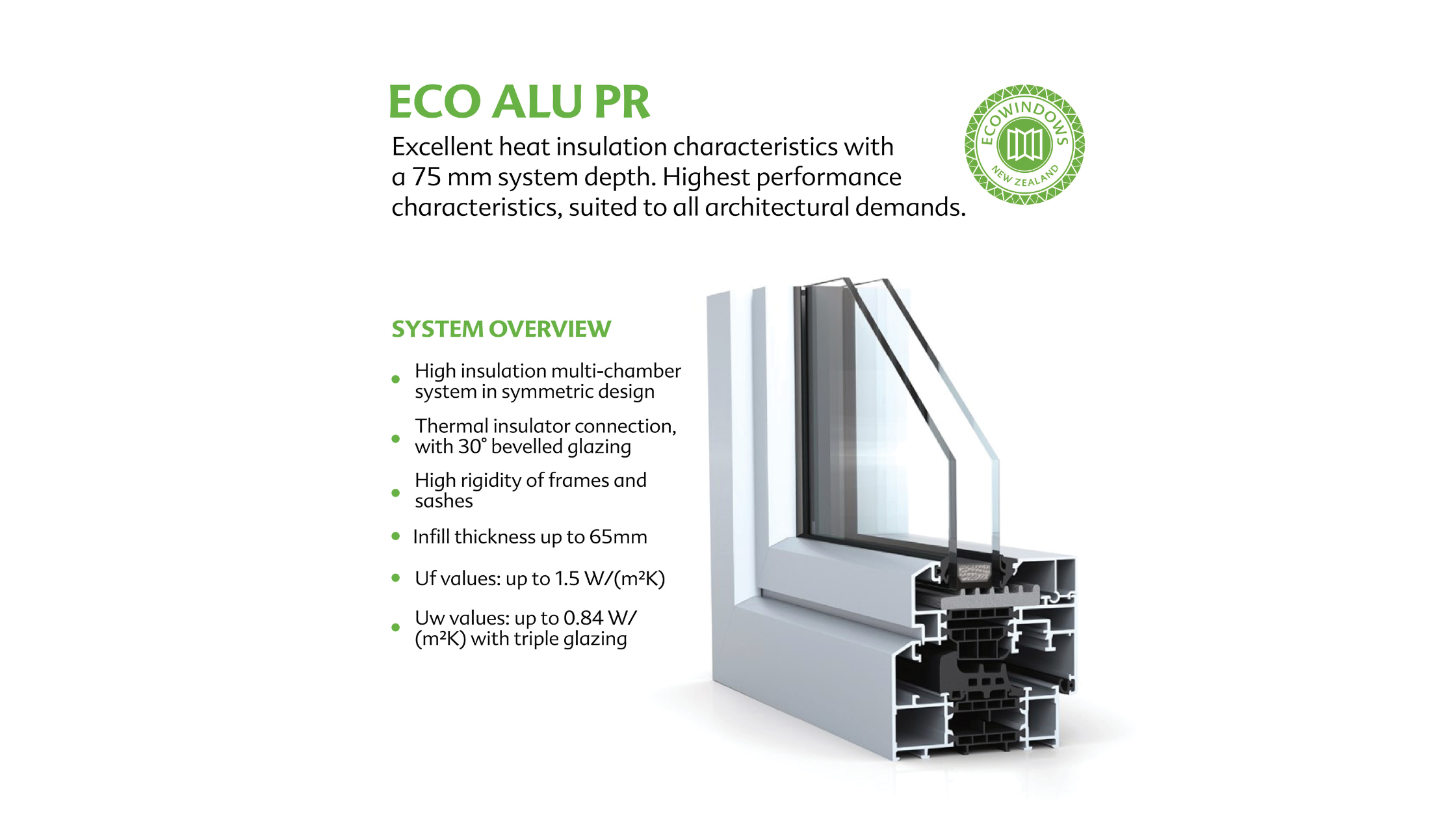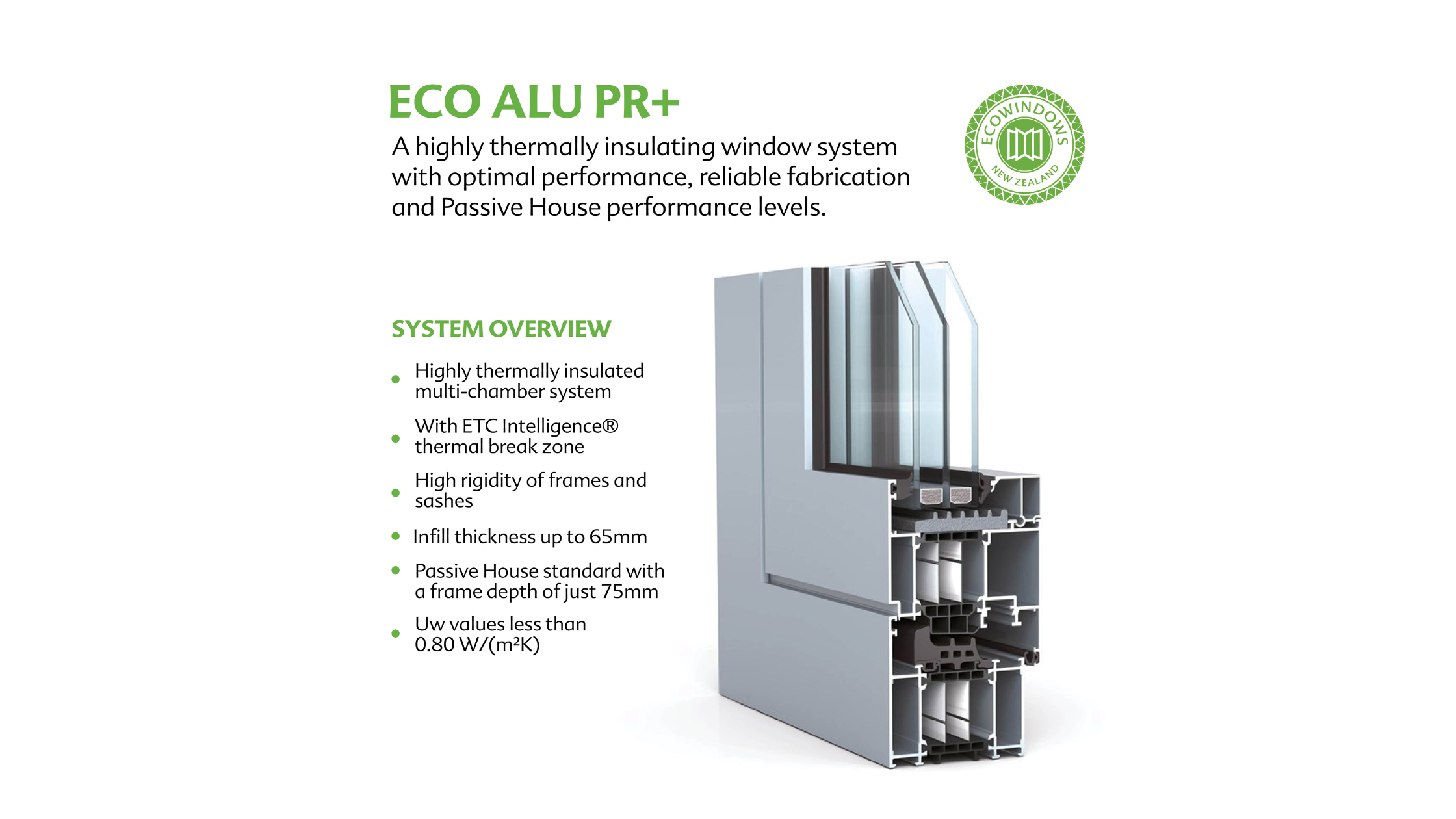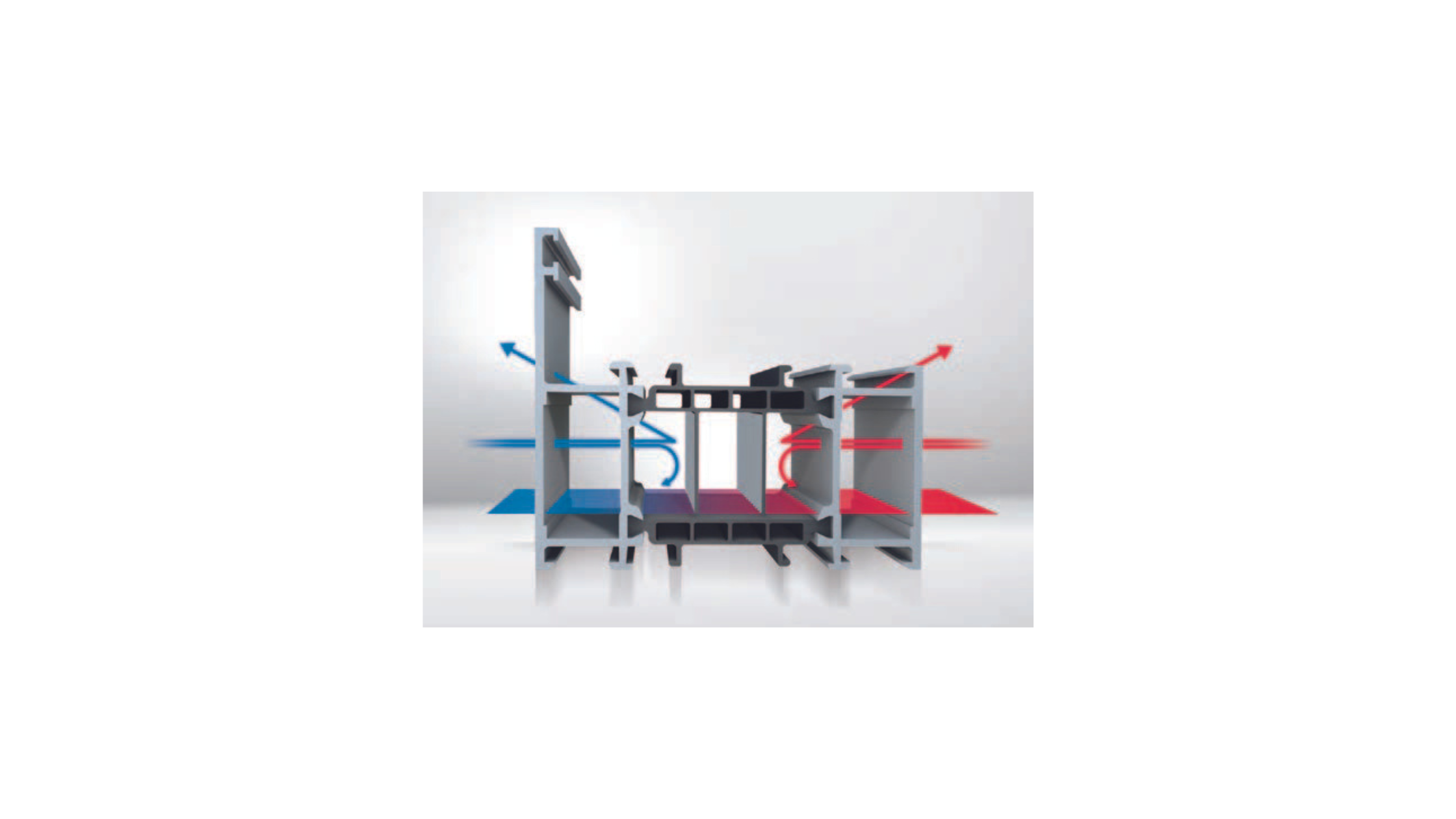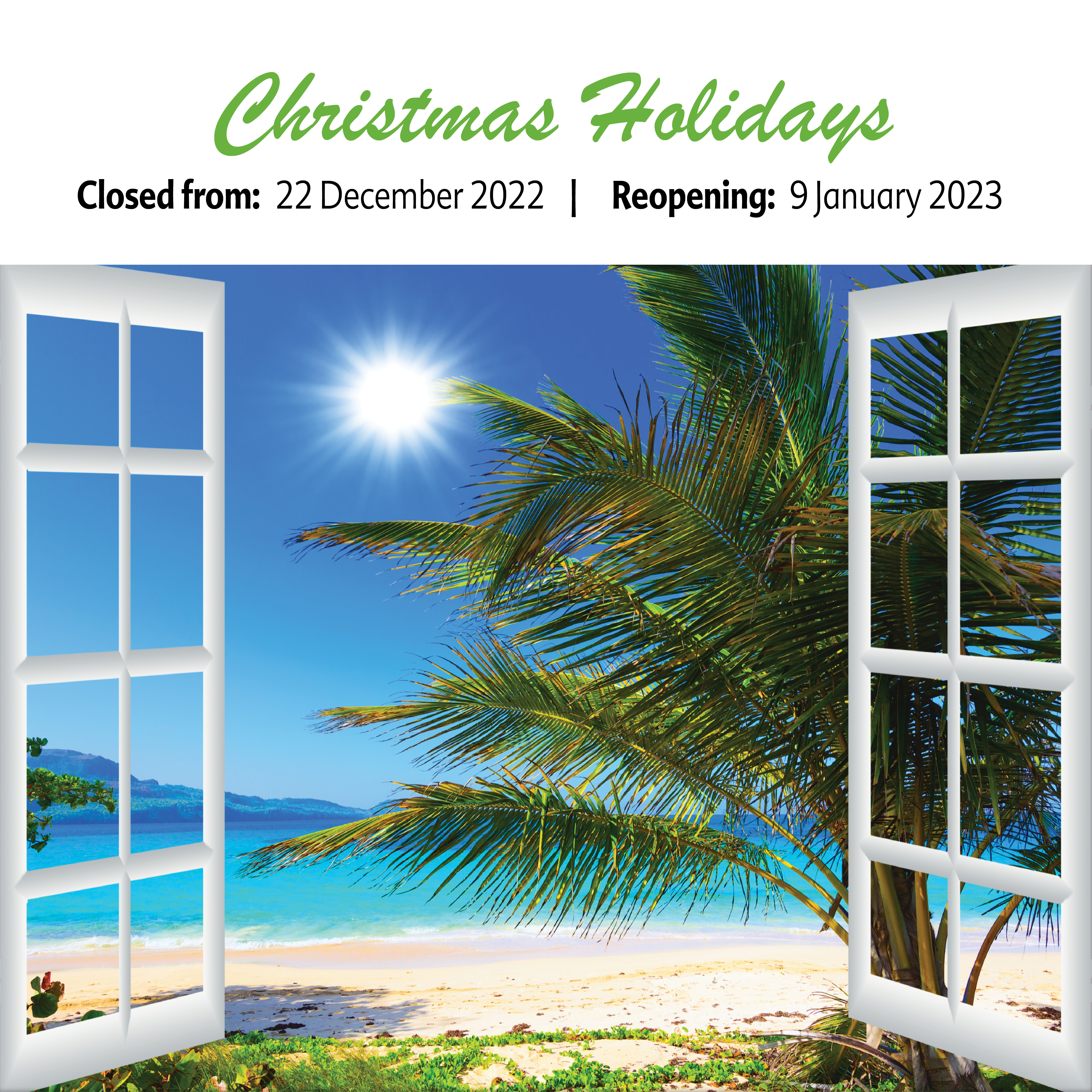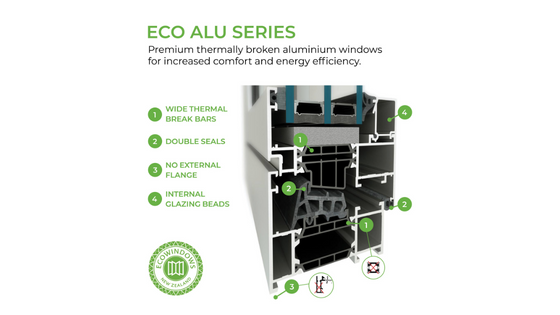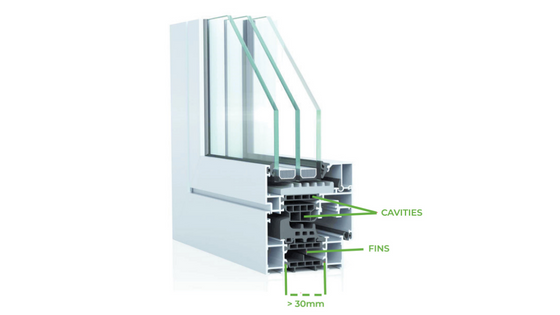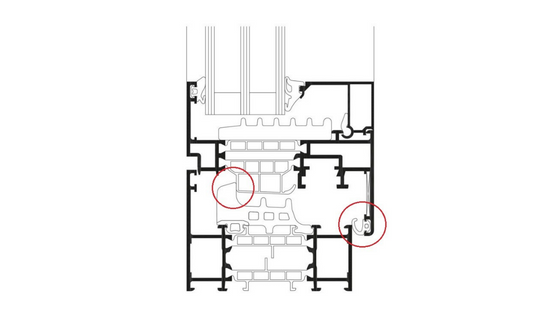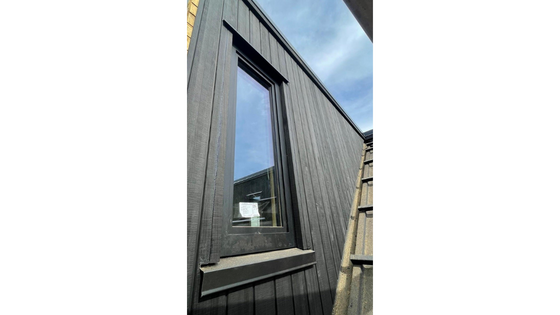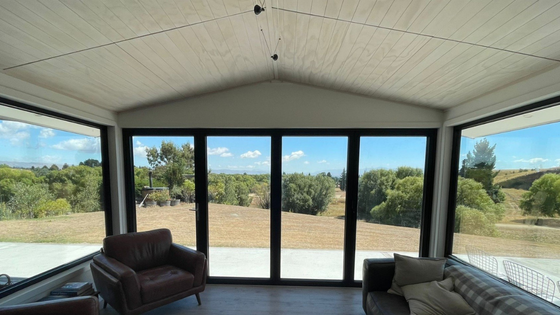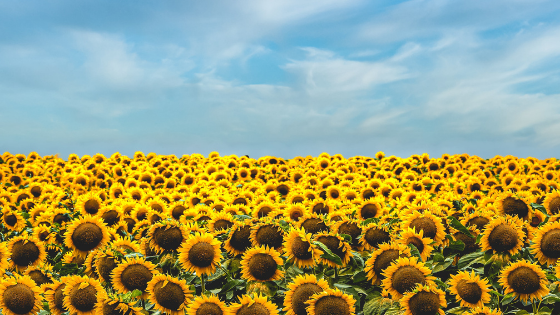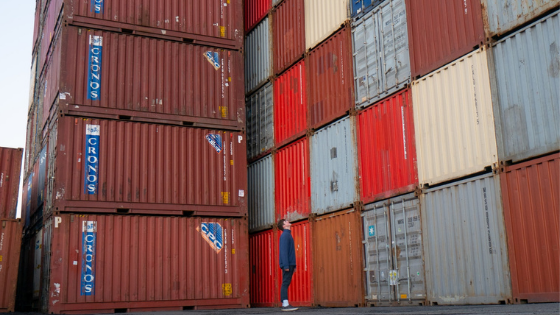After the first PVC window profile was developed in the 1960s, the triumph of these windows took its course in Europe, and more and more classic windows were replaced by PVC models.
Following their decades-long success in Europe, PVC windows have also become increasingly popular in New Zealand.
We explain everything you need to know about the window material.
Affordable in every shape
The scientific name for PVC is polyvinyl chloride. The material is highly suitable for window profiles because of its excellent thermoplastic properties and resistance to the elements.
PVC can be formed into almost any shape by heating. Due to this good formability, even individual frame shapes such as triangular or round windows can be created.
Since PVC is easy to process, the production costs for PVC windows are significantly lower compared to other window types made of wood or aluminium. As a result, you can get PVC windows at a reasonable price.
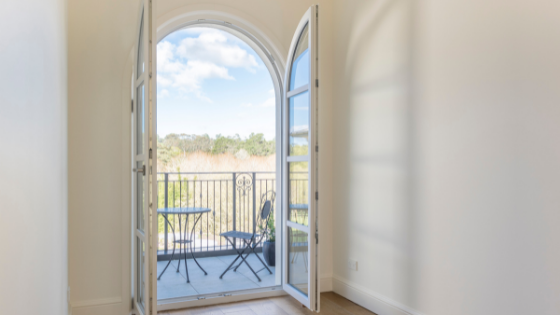
Excellent thermal insulation
The so-called multi-chamber profile gives PVC windows exceptionally high thermal insulation values.
The small chambers in the material are visible in the profile cross-section. These small cavities break up thermal bridges, transmitting much less heat than filling material.
The rule of thumb for PVC windows is that the more chambers there are in the profile, the better the heat protection for your home.
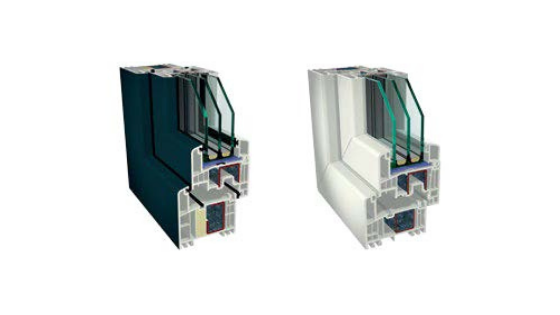
Easy maintenance
Maintaining a PVC window is particularly easy as the material is highly resistant to the elements and does not corrode, swell or rust.
Another advantage is that, unlike wooden windows, PVC windows do not require regular repainting as these window frames are highly weather-resistant.
Only regular cleaning with gentle household detergents is required to maintain the windows. The best cleaning advice is to rinse the surface with warm water, gently wash it with a pH-neutral detergent and a soft cloth, and then rinse repeatedly with warm water.
Since PVC windows are particularly resistant to environmental influences, they are very durable. Therefore, if you take care of your windows accordingly, you will benefit from your PVC windows for a lifetime.
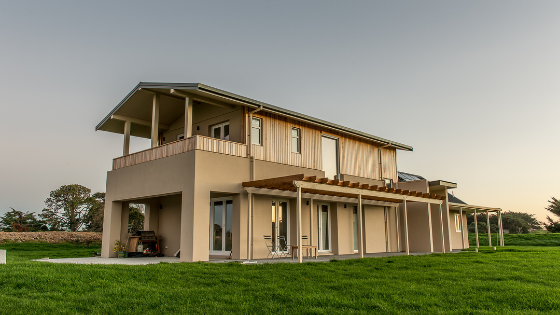
Unique colours and surface protection with acrylcolor
In addition to the energy-related advantages, PVC windows also offer a great choice of colours.
An enhancement with acrylcolor will add a unique design accent to your house facade and significantly further increase the durability of your windows.
Windows with acrylcolor require very little maintenance and are extremely easy to care for. The silk-matt, smooth and pore-free surface is insensitive to dust and dirt build-up. Therefore, peeling, chipping, and repainting are not required.
Acrylcolor is created in a so-called co-extrusion colouring process. This process enhances and protects PVC window systems in a long-lasting fashion. The white PVC base body and the coloured acrylic glass are permanently connected. As a result, the surface of the acrylic glass is inseparable from the primary body, giving PVC windows a long-lasting finish and extra protection.
The fusion of the two materials creates a satin-matt outer acrylcolor surface that can withstand any weather condition for decades to come. The colourful acryl coating is exceptionally durable and provides the window with high resistance against scratches and the effects of the weather.
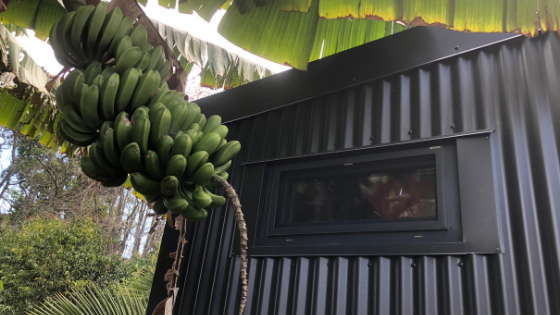
UV Radiation Levels in New Zealand
Despite their decades-long proven durability worldwide, there are still some misconceptions about PVC windows in New Zealand. Most predominantly, it is said that PVC windows may not be suitable for the high UV radiation we experience here in New Zealand.
However, PVC window systems have been used internationally for many years in climates with greater weather extremes and higher UV radiation than those we are experiencing in New Zealand.
A comparison of irradiation maps of Europe and Oceania shows that the solar irradiation in New Zealand is comparable to those in Spain and Italy. In some areas in Spain, solar irradiation is even higher than in New Zealand. Still, these PVC windows are in perfect condition decades after their installation.
The internationally accredited Tropical S Severe Climate certificate proves that the PVC material of our windows withstands extreme and higher UV radiation levels than those in New Zealand.
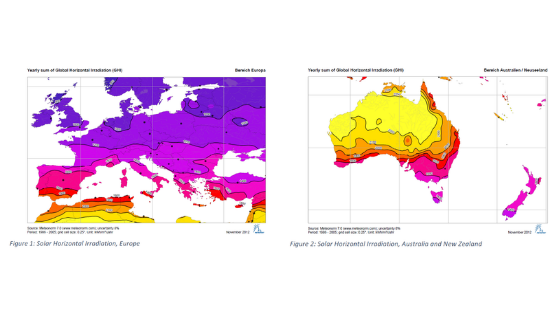
Titanium Dioxide for Ultimate UV Resistance
The resistance of PVC windows is primarily guaranteed by using calcium-zinc stabilisers and titanium dioxide.
Titanium dioxide is a versatile substance used in many outdoor products continuously exposed to the elements. Its many useful features include refractive properties, robustness and colour vibrancy, making it an ideal additive for PVC window profiles.
In addition to being naturally resistant to the elements, titanium dioxide exhibits good UV absorption and light scattering properties. Therefore, when titanium dioxide is incorporated into the synthetic resins of PVC, it ensures that UV rays can’t penetrate and damage the product and its appearance.
This protection from weather, heat and UV damage is crucial for building materials such as windows, as they are expected to last for decades.
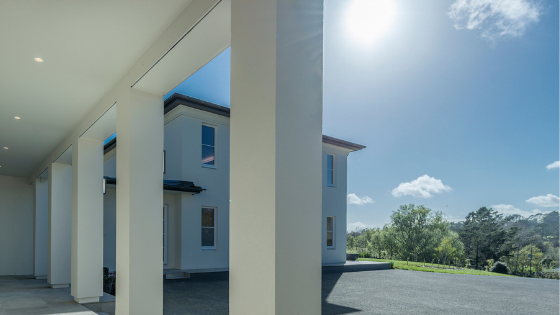
PVC Recycling Process
Today PVC windows can be almost entirely recycled. With professional disposal, old windows are added to the recycling cycle and can be used to manufacture new window profiles.
ECOWINDOWS PVC windows are manufactured with a high proportion of recycled material and are fully recyclable at the end of their life span. Old PVC is processed and converted to pellets, which allow it to be reused without loss of quality or material structure.
An old PVC window can be processed multiple times while keeping the same quality.
Conclusion
Windows made of PVC undoubtedly convince with a favourable price-performance ratio.
Their affordability, high thermal insulation values and the selection of colour designs of acrylcolor make PVC windows one of the most popular window materials.
Want to find out more?
Contact us today to learn more about our product range or get a free quote for your building project.
 The benefits of energy-efficient windows.
Windows are one of the most significant weak points in the house because, naturally, more energy escapes through the glass surface than through walls, for example. That's why replacing old and underperforming windows is an essential contribution to saving energy and increasing the comfort of your home.
The benefits of energy-efficient windows.
Windows are one of the most significant weak points in the house because, naturally, more energy escapes through the glass surface than through walls, for example. That's why replacing old and underperforming windows is an essential contribution to saving energy and increasing the comfort of your home.